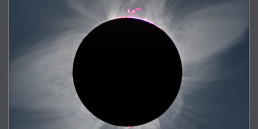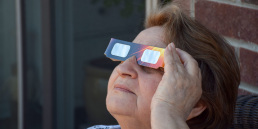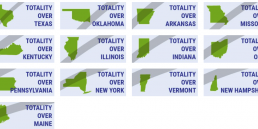External Eclipse & Soundscape Ecology Resources
This page contains links to external websites about solar eclipses, eclipse safety, eclipse maps, eclipse observing, soundscapes, and Soundscapes Ecology. When you click on a website description, that website will open in another window. We hope you find these website links helpful!
Soundscapes and Soundscape Ecology










